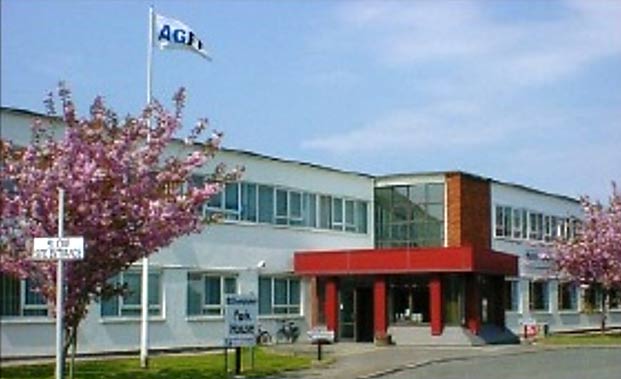Swift response saves the day
20th April 2017UK: A swiftly-delivered temporary solution to a refrigeration failure is said to have saved hundreds of thousands of pounds for fluorochemicals manufacturer AGC Chemicals Europe.
A major failure of a heat exchanger at AGC’s plant in Thornton Cleveleys, Lancashire, shut down the company’s production of methyl chloride. The process fluid needs to be cooled to -33°C which requires specialist refrigeration equipment. With downtime on the process line costing the business costing thousands of pounds per day, it was essential that an assessment and plan of action was developed rapidly in order to deliver the right solution.
A team of senior engineers from Star’s local branch attended site within half an hour of the call-out and a temporary solution was agreed upon.
Thanks to a business partnership with temporary supplier of chillers, Aggreko, Star was able to deliver the specialist temporary temperature-controlled solution to site within a short time frame.
Aggreko provided two VLTC chillers for approximately 150KW of cooling at -33°C, and two heat rejection air-cooled chillers, a special low temperature heat exchanger which was connected into AGC Chemicals process line, circulation pumps, a buffer tank and generators.
Rudolph Prince, head of engineering at AGC Chemicals Europe, said, “The thing that really impressed us about Star was the speed in which they reacted to our situation. We needed the equipment on site as soon as possible so we could start up production again with minimum disruption. It was all coordinated over the weekend, and the temporary solution allowed us to be fully operational again within a few days so we didn’t suffer from further downtime.”
In addition to providing a rapid response, Star Refrigeration also offered expertise on energy efficiency. The temporary solution provided turned out to be more efficient than the equipment which failed, delivering a more effective cooling process and allowing for a larger output. This is said to have allowed the site to catch up with the back log of production from the downtime very quickly once the plant was operational again.









